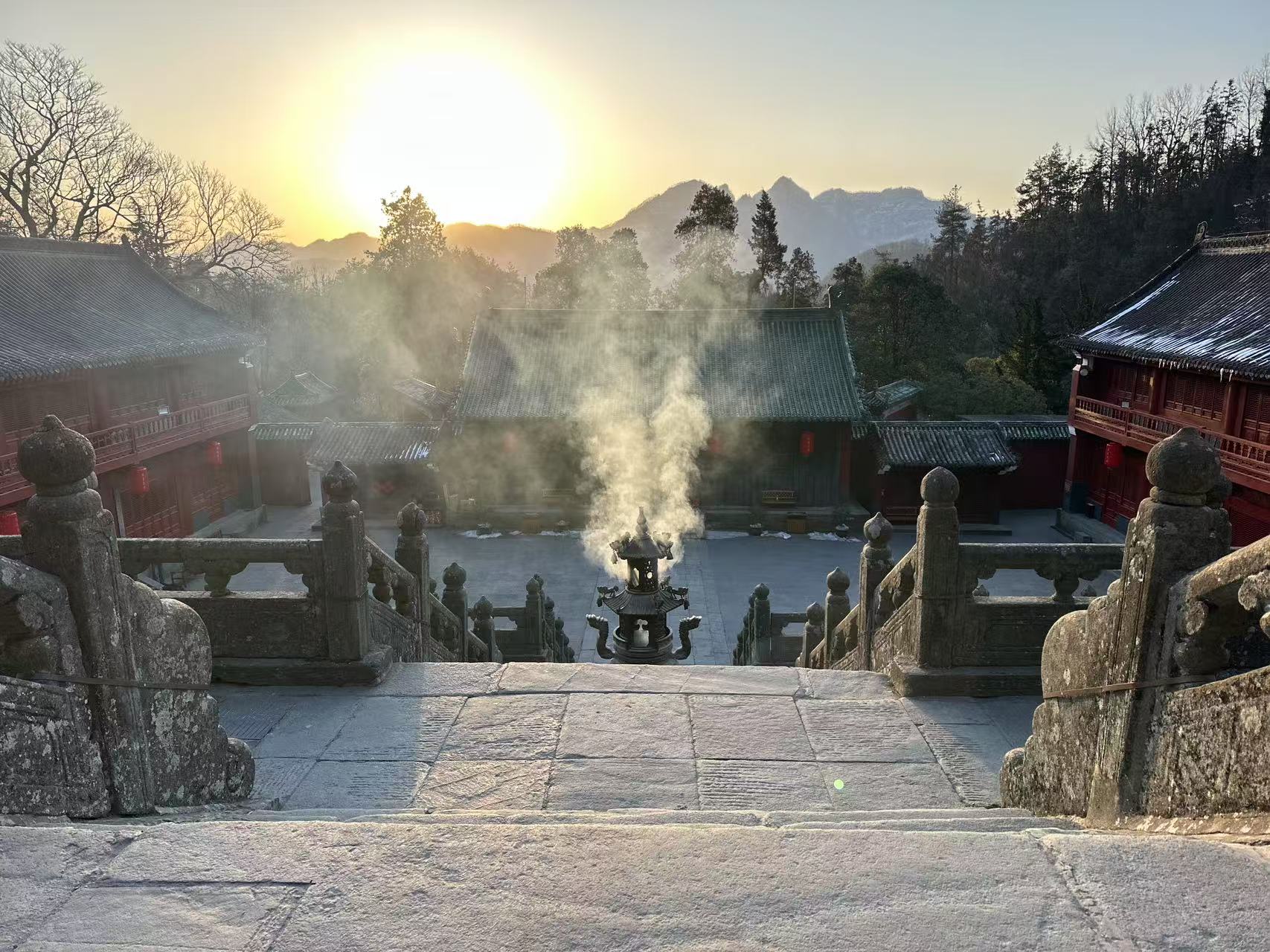Key principles to Taoism
From an Inner Alchemy Perspective

Jing (Essence)
The foundation of life energy, which can be transformed into Qi (Vital energy).
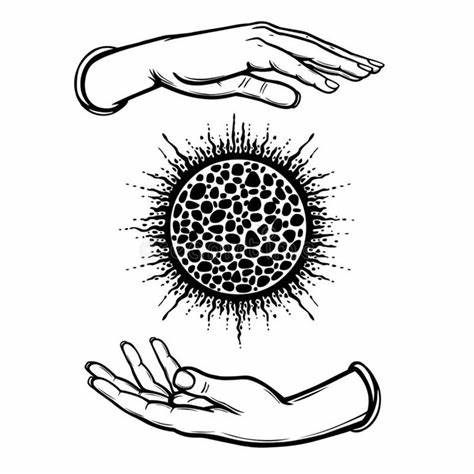
Qi (Energy)
The vital life force that flows through the body, which can be further refined into Shen.

Shen (Spirit)
The highest level of energy, representing consciousness and vitality.
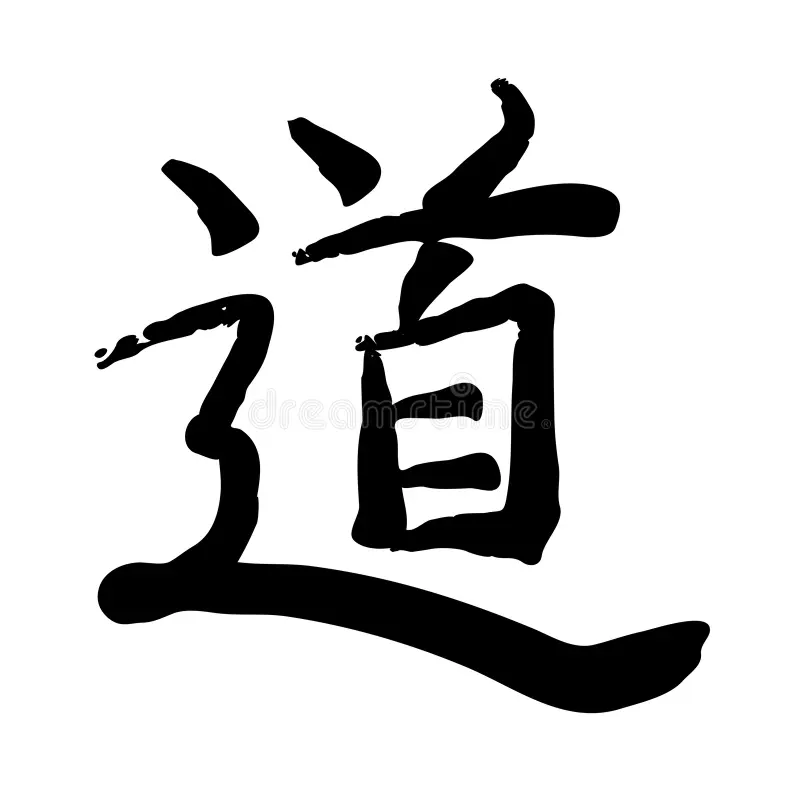
Emptiness and Unity with the Tao
The ultimate goal is to return Shen to emptiness and achieve unity with the Tao.
-

Yin – Yang Theory
The yin-yang symbol is central to Taoism, representing the concept of dualism and the balance of opposites within the universe.
- Yin: Represents the feminine, passive, dark, and receptive aspects of nature.
- Yang: Represents the masculine, active, bright, and creative aspects of nature.
- Interconnectedness: The dot of opposite color within each half signifies that within yin there exists a seed of yang, and within yang, a seed of yin. This illustrates the interdependence and continual transformation between the two forces.
5 Elements
The Five Elements (Wood, Fire, Earth, Metal, and Water) play a fundamental role in Taoist Inner Alchemy by representing different aspects of the body’s internal energies and their interactions. Here’s how they function:
- Wood (Mu):
- Role: Represents growth, vitality, and the beginning of new cycles.
- Inner Alchemy: Associated with the liver and gallbladder. It supports the transformation of essence (Jing) into energy (Qi).
- Fire (Huo):
- Role: Symbolizes transformation, activity, and dynamic energy.
- Inner Alchemy: Linked to the heart and small intestine. It aids in the refinement of energy (Qi) into spirit (Shen).
- Earth (Tu):
- Role: Stands for stability, nourishment, and balance.
- Inner Alchemy: Connected to the spleen and stomach. It helps stabilize and harmonize the energies within the body, acting as a center point for the other elements.
- Metal (Jin):
- Role: Represents clarity, precision, and structure.
- Inner Alchemy: Associated with the lungs and large intestine. It governs the refinement and purification of energy (Qi).
- Water (Shui):
- Role: Symbolizes adaptability, depth, and potential.
- Inner Alchemy: Linked to the kidneys and bladder. It is crucial for the final stage of transformation, where spirit (Shen) is returned to emptiness (Xu) and unity with the Tao is achieved.
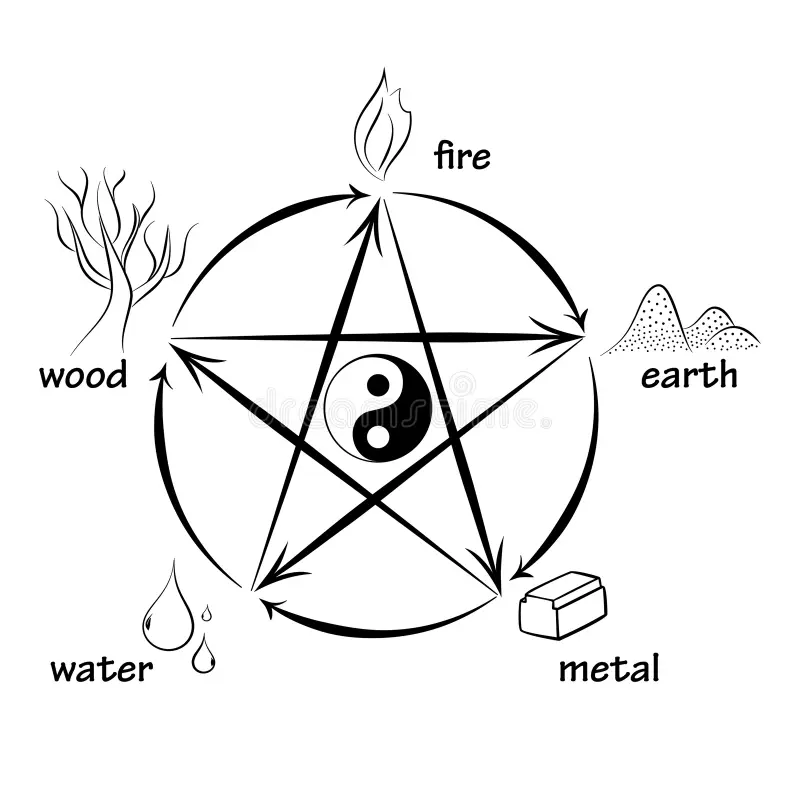
These elements are interconnected and interact in cycles of generation and control, facilitating the continuous process of transformation and refinement of internal energies, ultimately leading to spiritual enlightenment and physical harmony.
”Wudang Mounain, also known as Taihe mountain, has been a sacred site for Taoist practitioners since the Tang Dynasty (618-907 CE).”
Wudangshan Museum
-
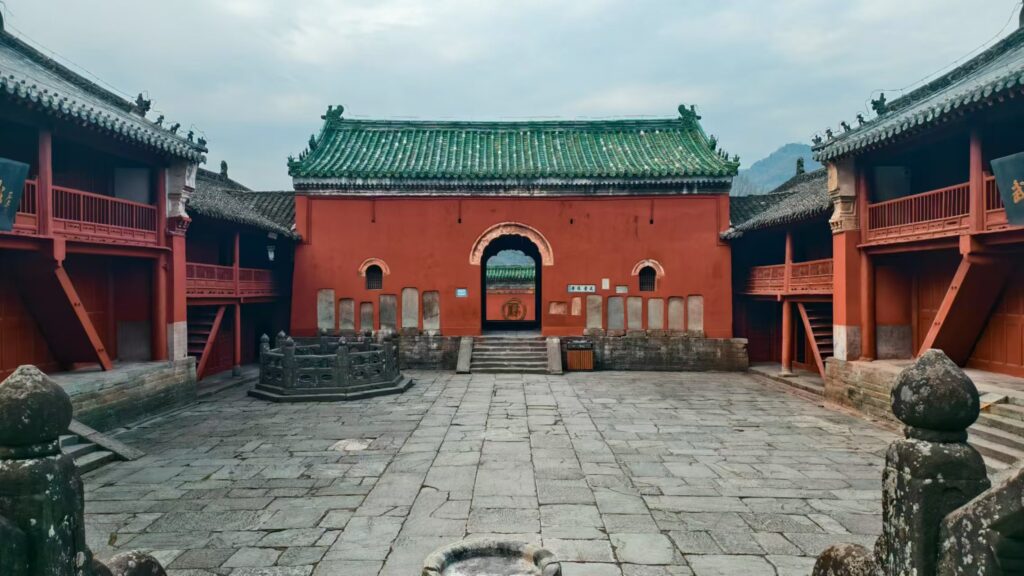
What is the Wudang Taoist philosophy?
During the Ming Dynasty (1368-1644), Wudang Mountain became a prominent center for the practice of inner alchemy (Neidan). This practice involves cultivating and refining the body’s internal energies (Jing, Qi, and Shen) to achieve spiritual enlightenment and physical immortality. The teachings of inner alchemy at Wudang emphasize the transformation of these energies through meditation, breathing exercises, and martial arts.
